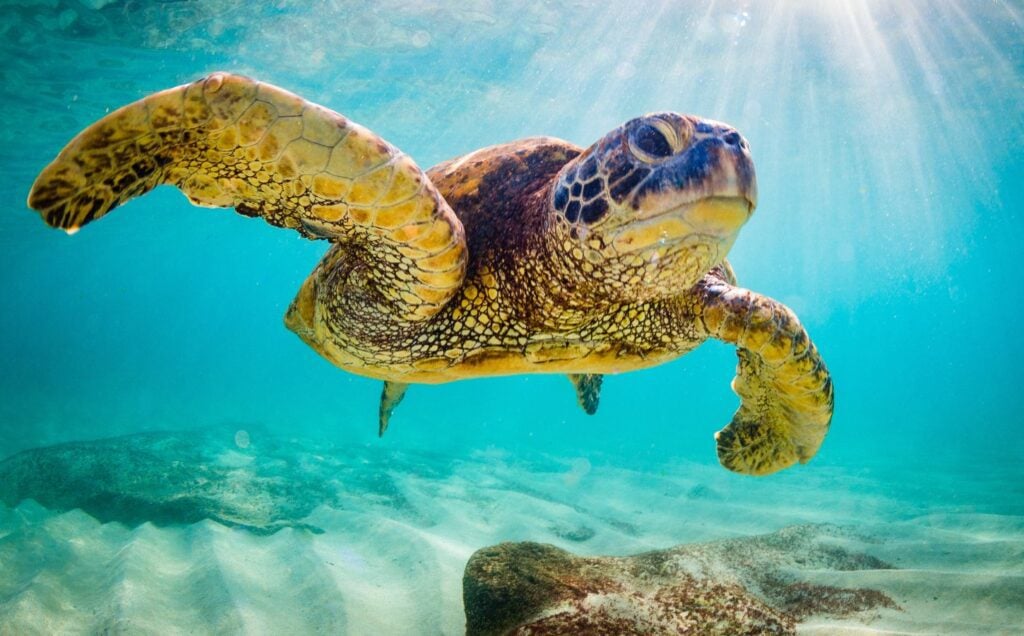A new study has estimated that more than 1.1 million sea turtles have been illegally killed in the last three decades.
The study, named Global patterns of illegal marine turtle exploitation, was published in Global Change Biology. It was led by scientists from Arizona State University. They have estimated that 44,000 sea turtles are slaughtered annually, with hunters and exploiters hailing from 65 countries.
Study researchers also feel sure that their figures are much smaller than the real totals.
“The numbers are really high and almost certainly underrepresented by several orders of magnitude because it’s just very hard to assess any type of illegal activity,” Jesse Senko, one of the lead authors, told The Guardian.
Senko and his team attempted to get an accurate picture of the illegal turtle hunting trade. They did this by closely examining more than 200 articles, media reports, conservation statistics, and questionnaires. They were looking for patterns within the commercial movement of not only whole animals but also body parts, such as tails and shells.
Final figures came from examples of turtles being trafficked or discovered in the middle of cross-border transportation.
Where and why is turtle trafficking happening?
Sea turtles are commonly poached for their eggs, meat, skin, and shells. They are also kept as exotic pets. The meat trade, in particular, threatens every species of sea turtle.
Killing or capturing the animals is illegal; sea turtles are protected by the Convention on International Trade in Endangered Species (CITES).
But despite this, up to 95 percent of trafficked turtles were either hawksbill or green sea species, researchers found. They are prized for their shells and meat respectively.
Both are listed as endangered species, with the hawksbill being critically endangered. In the places in which they are commonly hunted, however, they still have seemingly bountiful populations. This makes illegal hunting even more difficult to track.
Southeast Asia and Madagascar are specifically named in the study as key turtle hunting areas. Vietnam was found to be the top spot for the initial trafficking of animals or parts. Final destinations for illegal turtle products frequently included Japan and China. In these countries, they are commonly used for traditional medicine, jewelry, and ornaments.
Overall, the study concluded with a positive finding that illegal turtle hunting and exploitation has dropped by around 28 percent in the last 10 years. They said that this is likely because of increased protection efforts.






